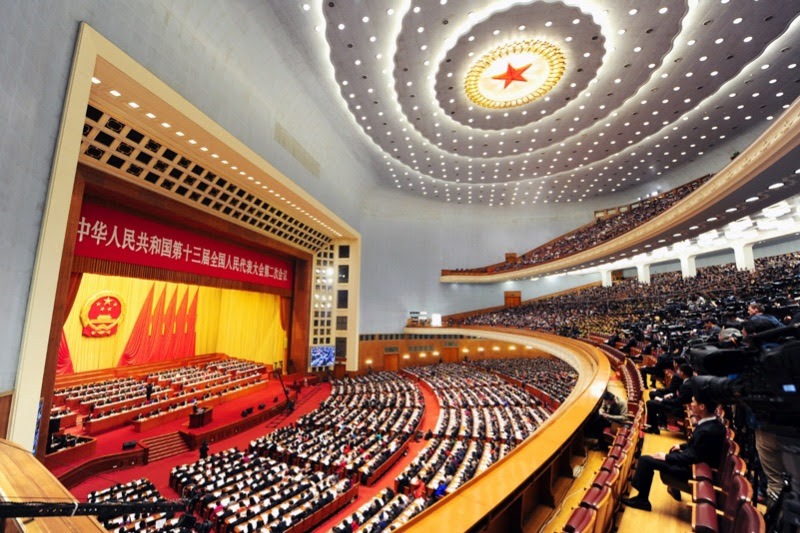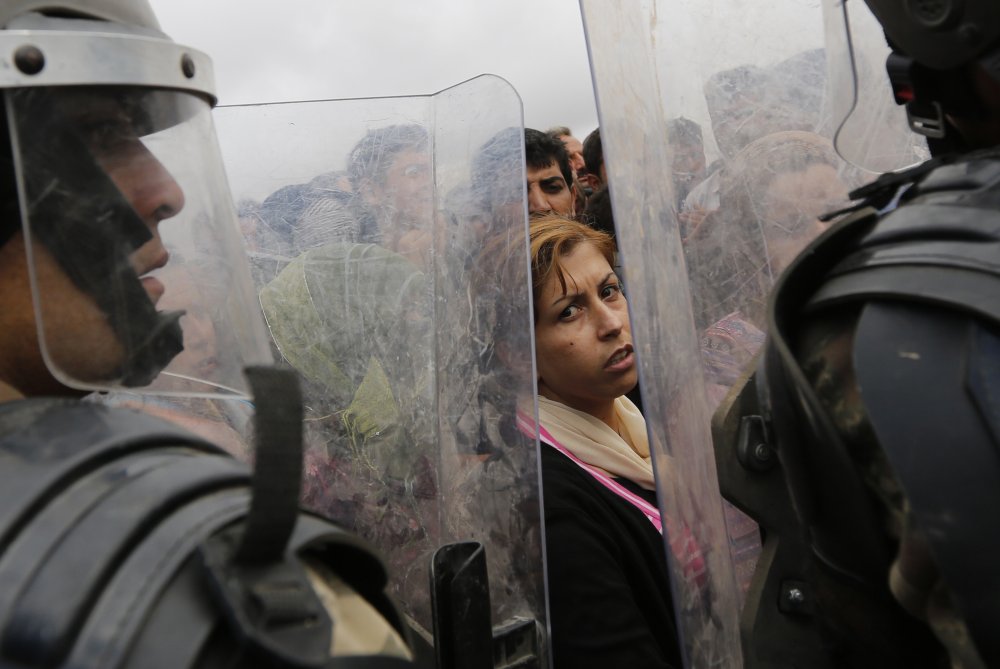By Daniel Kliman, Iskander Rehman, Kristine Lee and Joshua Fitt
Executive Summary
The United States has made a strategic bet: that India will decisively shape the military balance in Asia.1 In an era of avowed great power competition with China,2 at a time when the U.S. military’s edge over the People’s Liberation Army (PLA) continues to erode,3 this wager will have an outsized impact on the future trajectory of the region. If India can maintain an advantage over China along its Himalayan frontier and sustain its dominance in the Indian Ocean, U.S. efforts to deny Beijing a regional sphere of influence are far more likely to succeed—as is the vision of a free and open Indo-Pacific shared by Washington and Delhi. If India fails to realize its military potential, the United States, caught in between its many global commitments, will struggle to uphold a favorable balance of power.
Today, America’s wager has yet to fully pay off. The trend lines in the India-China military equation are broadly negative. Despite very real improvements in Delhi’s defense capabilities and a significant advantage conveyed by India’s maritime geography, its longstanding superiority over China in the Indian Ocean is at risk of slipping away. Beijing has enhanced the capability and capacity of the naval forces it can project into the Indian Ocean and pursued overseas military facilities to support a more regular People’s Liberation Army Navy (PLAN) presence there. Moreover, China’s long-range precision strike complex, though constructed primarily with the United States as the intended adversary, extends into the Indian Ocean—presenting a threat to Delhi’s maritime operations. The state of play along India’s Himalayan frontier is more mixed. Delhi possesses a clear advantage in localized military strength, but China has made significant infrastructure improvements in Tibet to enhance PLA mobility to surge troops forward, while folding the entire border with India under a single unified theater command—a major organizational restructuring that could yield an operational edge.















/arc-anglerfish-arc2-prod-mco.s3.amazonaws.com/public/PAKFFSYEA5GRJFG42QCZMOUJ5Q.jpg)

/arc-anglerfish-arc2-prod-mco.s3.amazonaws.com/public/MX6QO4OW2RE3RLGED7TSB57FLI.jpg)